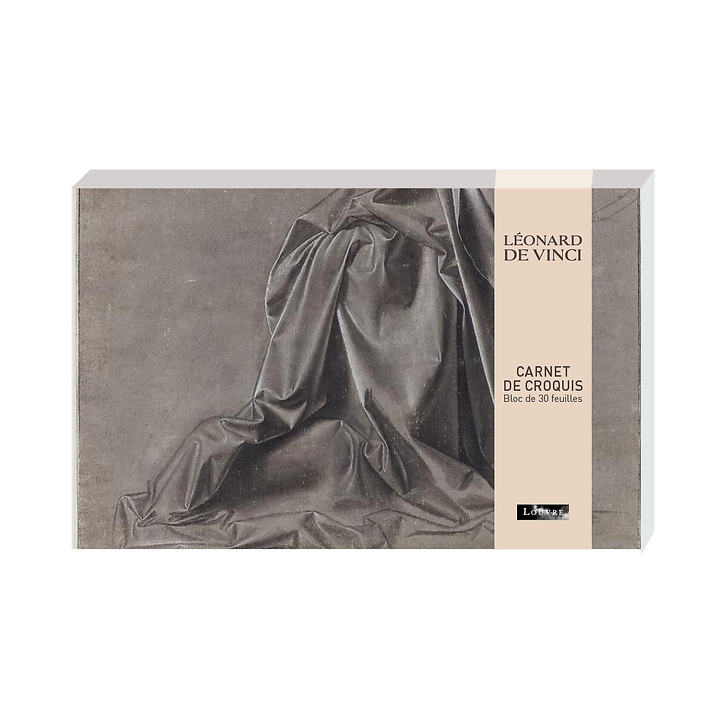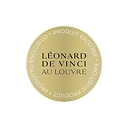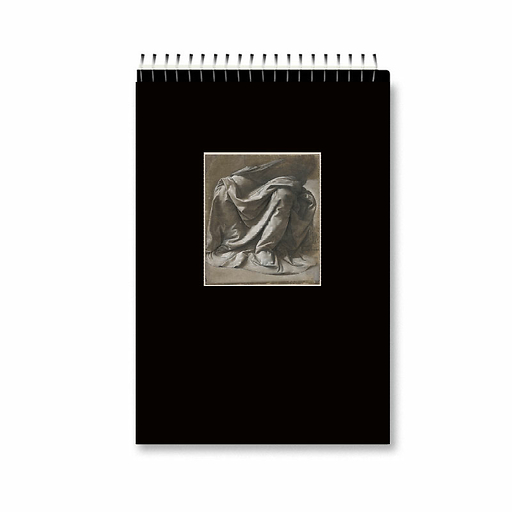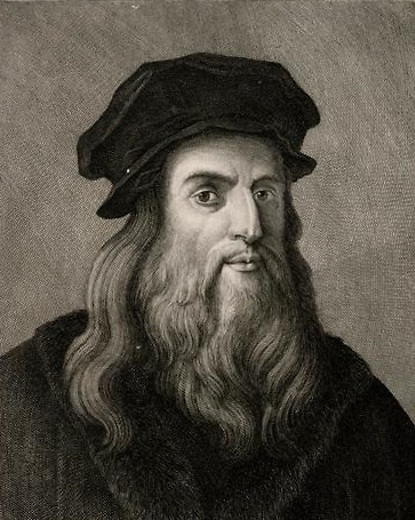Antica Carteria, 300 gsm., is a smoothly textured mouldmade paper 100% cellulose produced by Magnani 1404; colour natural white, ideal for all the sketching and drawing techniques, for chaircoal and pastel.
Having also an extra surface sizing it is suitable for all the wet techniques like watercolor...
Read more
Antica Carteria, 300 gsm., is a smoothly textured mouldmade paper 100% cellulose produced by Magnani 1404; colour natural white, ideal for all the sketching and drawing techniques, for chaircoal and pastel.
Having also an extra surface sizing it is suitable for all the wet techniques like watercolor, acrylic and so on.
Printed in Italia in compliance with environmental standards
Close





